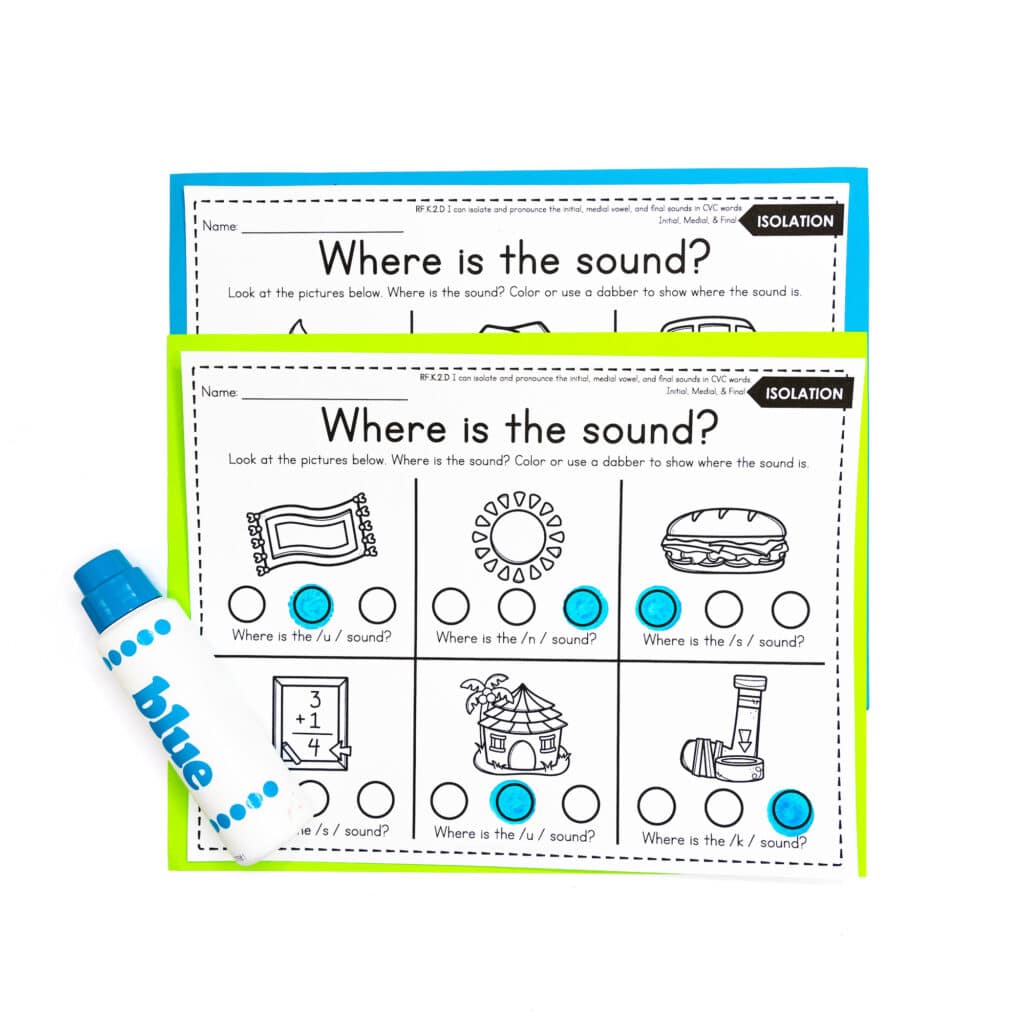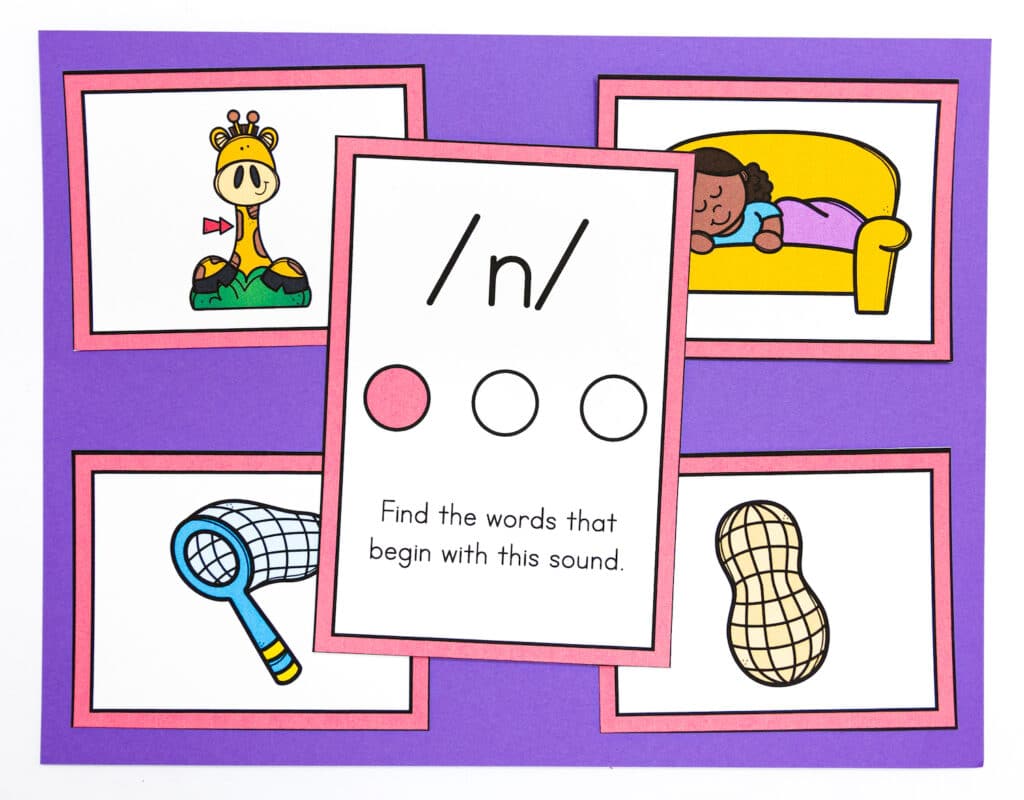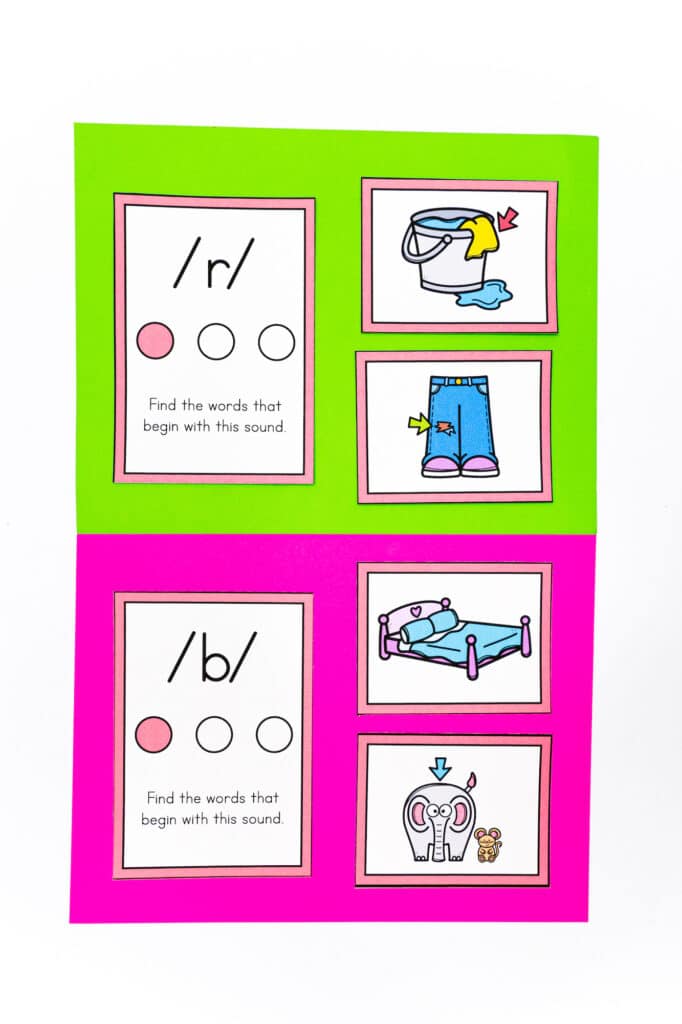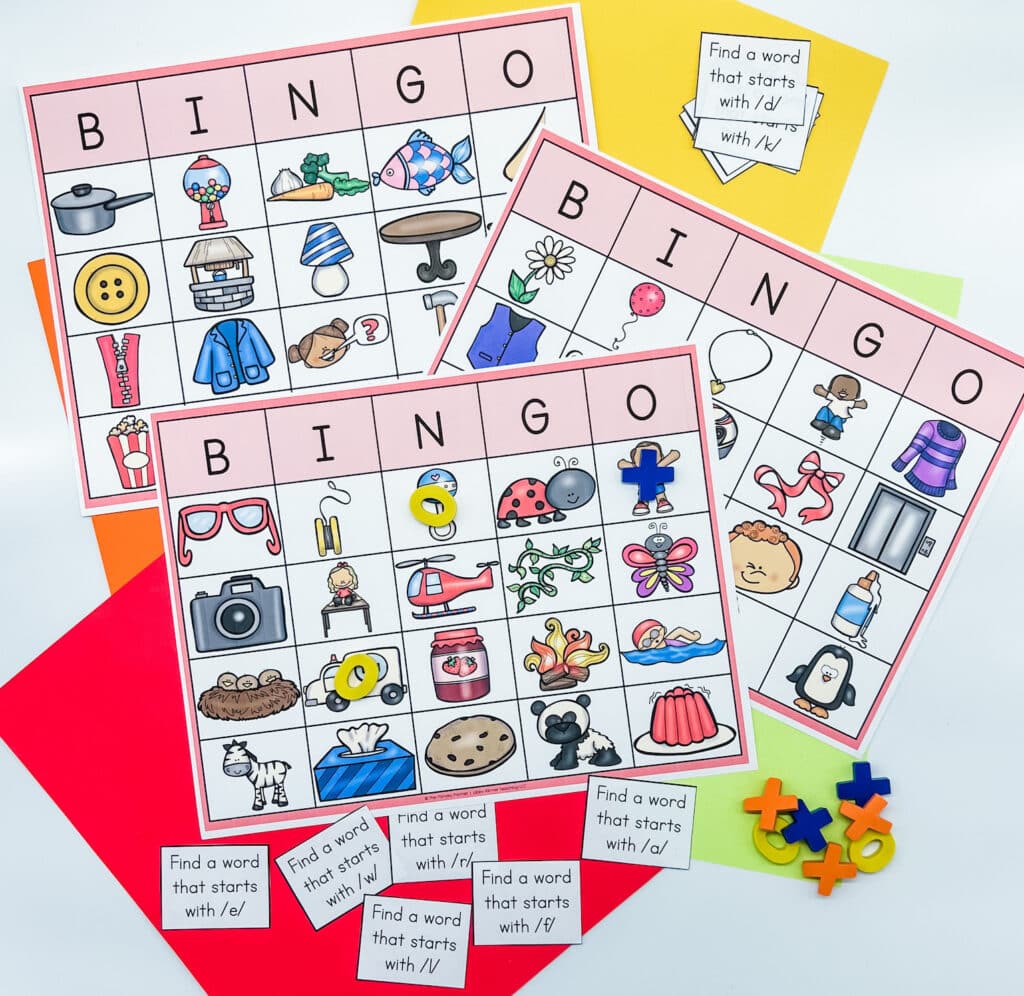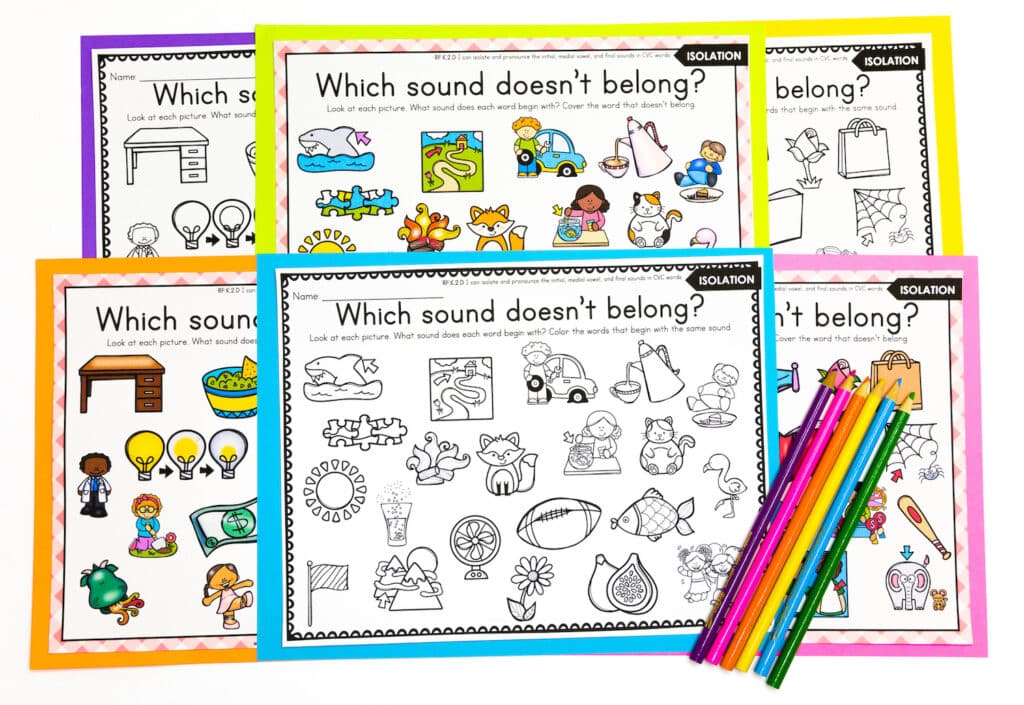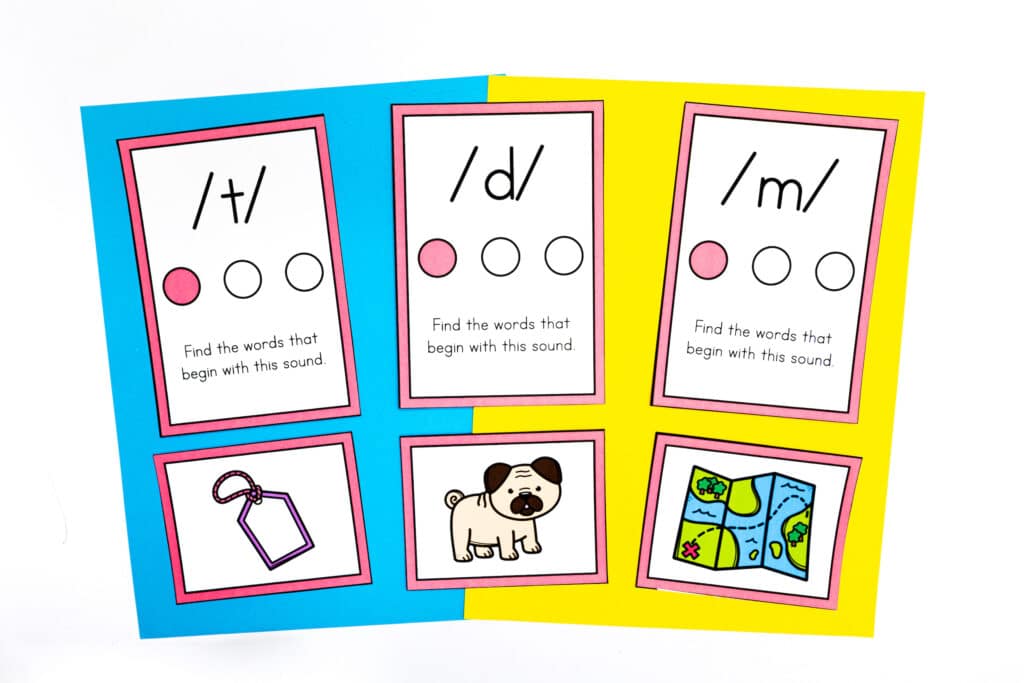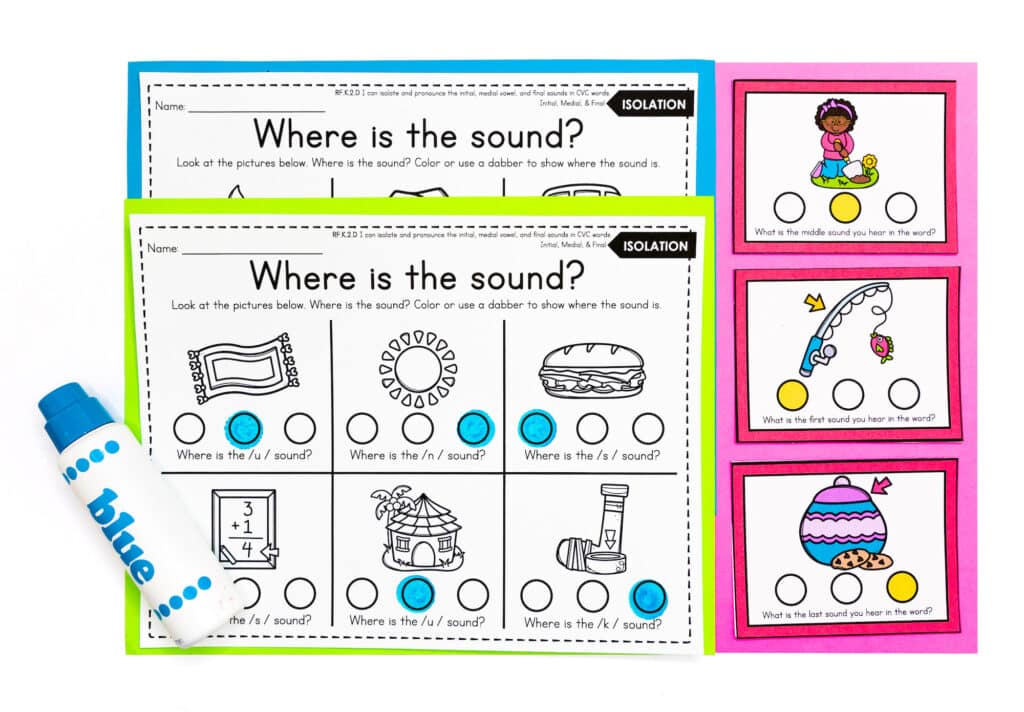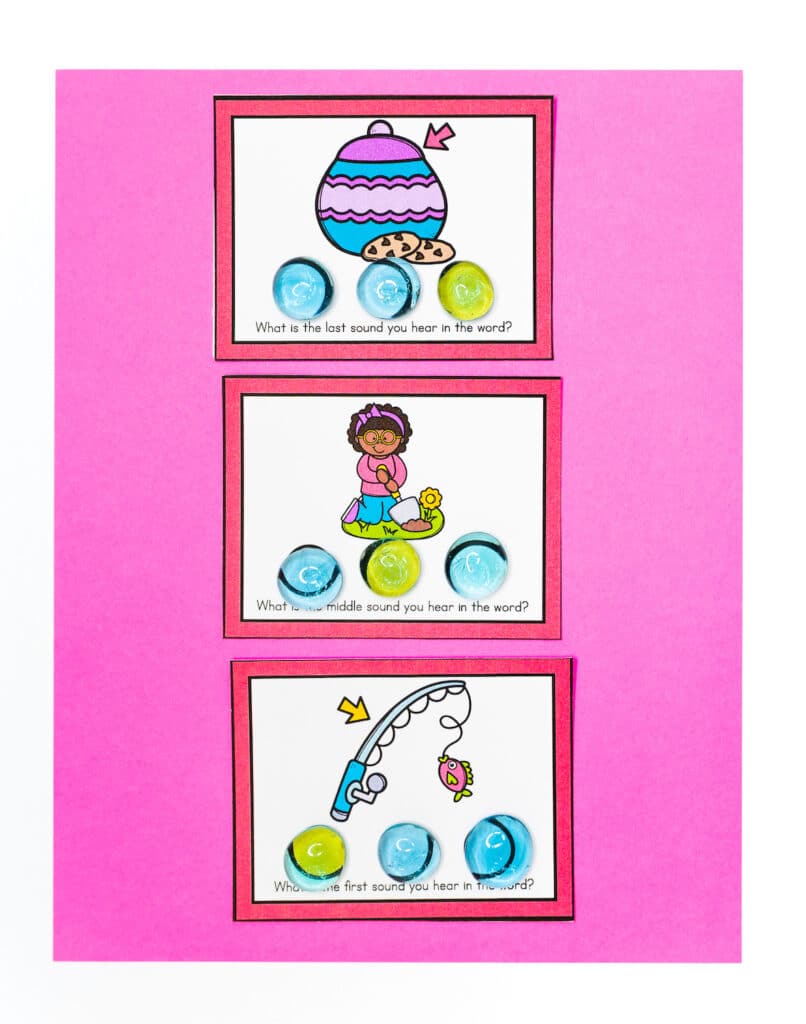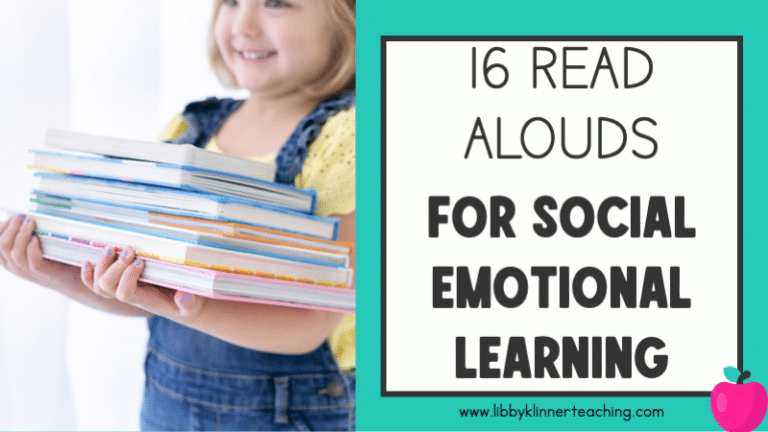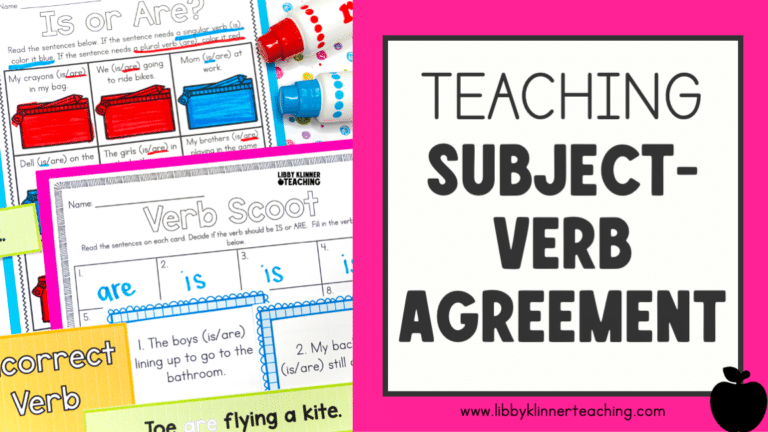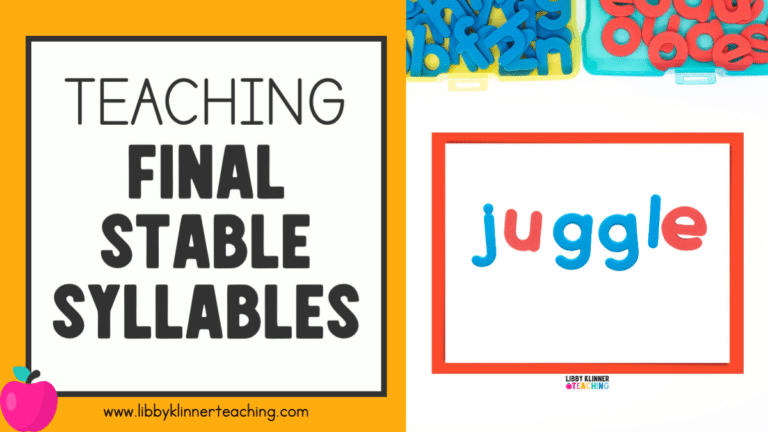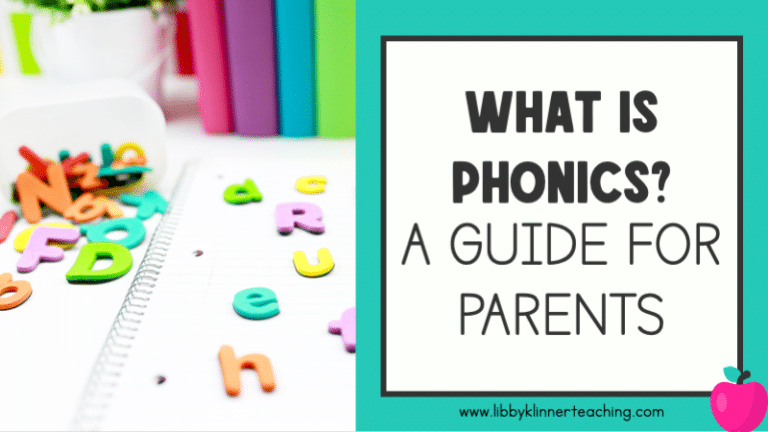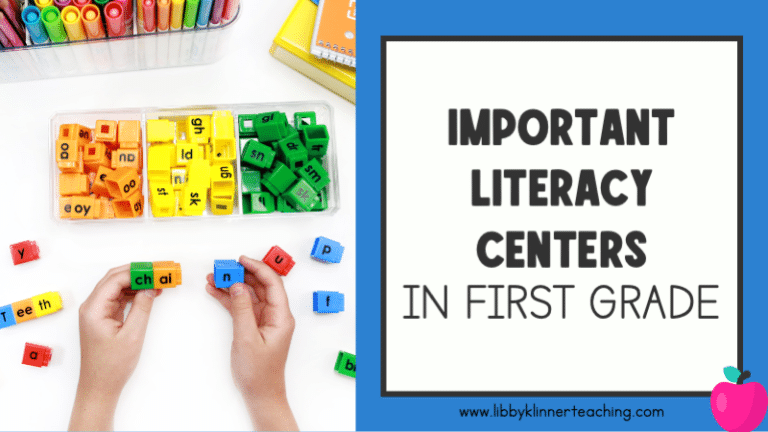Phonemic Awareness Activities in the Classroom: Phoneme Isolation

WHAT IS PHONEME ISOLATION?
Phoneme isolation is the ability to identify specific sounds within a word. Isolation is the first layer in phonemic awareness. The graphic below from Really Great Reading provides a good visual of how phoneme isolation is related to the other skills under the umbrella of phonemic awareness. Initially, phoneme isolation needs to be taught explicitly. It can then be reinforced with game-like activities.

WHAT DOES PHONEME ISOLATION HAVE TO DO WITH PHONEMIC AWARENESS?
Phonemic awareness is the ability to manipulate individual sounds (phonemes) in spoken words. Phonemic awareness involves isolation, blending, segmenting, adding, deleting, and substituting phonemes. Substitution is the most difficult of the layers of phonemic awareness. It’s best to begin with phoneme isolation because it is the simplest.
Students should be able to identify initial, medial, and final sounds in words. For this reason, CVC (consonant-vowel-consonant) words are perfect to use in phoneme isolation activities. Phoneme isolation tasks are meant to be done orally. For example, you would ask a child, ‘what is the first sound you hear in fix?’ and a child that can isolate phonemes would say /f/.
PHONEME ISOLATION ACTIVITIES TO USE IN YOUR CLASSROOM
One of the simplest ways to practice phoneme isolation is to provide a word orally and ask a child to identify an initial, medial, and final sound in the word. For example, the word fish begins with a /f/ sound. These activities are meant to be done orally, so students should not be shown a printed word and then asked to identify the sound. The goal is for them to hear the sound in the spoken word.
You can begin phoneme isolation practice by asking children to identify the first sound (not letter) in a word. I like to use a word list and provide the words orally or provide students with a picture and provide the picture name out loud. However, this same practice can get old for students, so I like to make the practice more engaging with games!
Another engaging way to practice identifying beginning sounds is to play BINGO.
Each student has a Bingo board with pictures. Teachers use the Bingo calling cards by reading the sound (not the letter). Students look for pictures that have a name beginning with that sound. Certain images could have a few different names.
Another way to practice phoneme isolation is playing the game which one doesn’t belong. Students can listen to a list of words and choose the word that has a different beginning sound. They can also play this by looking at pictures, naming the pictures, and choosing the one that doesn’t belong. This game can be done independently, just make sure you encourage students to say the picture name out loud to hear the beginning sound.
Students can complete a sorting activity, similar to the one pictured below. They must say the name of each picture and identify the initial sound in each word. Then they sort the picture cards into groups by beginning sounds.
When students have a sufficient foundation at identifying initial sounds, you can then introduce medial and final sounds. This is where CVC words are imperative. These words are short enough for students to distinguish between the three sounds.
The three bubbles help students to tap the word out and differentiate between the initiate, medial, and final sounds within the word. These bubbles are helpful guides for students that aren’t yet able to blend CVC words together. Students can use the sound cards with a teacher or a partner or they can complete the worksheet pages independently.
It’s necessary that when using these cards, you specify which sound the student needs to isolate. The cards with the yellow bubble indicator are helpful for students that may be working with a partner. If students are demonstrating a sufficient ability to isolate the initial, medial, and final sounds, you can turn it into even more of a game. Students can create groups based on words that have the same initial, medial, or final sounds.
When students have a solid foundation in phoneme isolation, you can move on to the next layer in phonemic awareness: blending. The cards pictured below also make great blending cards because students can say each sound in the bubble, and then blend them together to make a word.
After students master phoneme isolation and move onto other layers within the phonemic awareness, phoneme isolation can be practiced simultaneously with phoneme blending. Want to try these activities? Click any of the photos above or the button below!

Hi, I’m Libby!
I’m so happy you’re here! I love all things first grade – the curriculum, the content, and the sweet kiddos. I’m passionate about helping K-2 teachers save time in the classroom with fresh ideas and fun, engaging resources.

